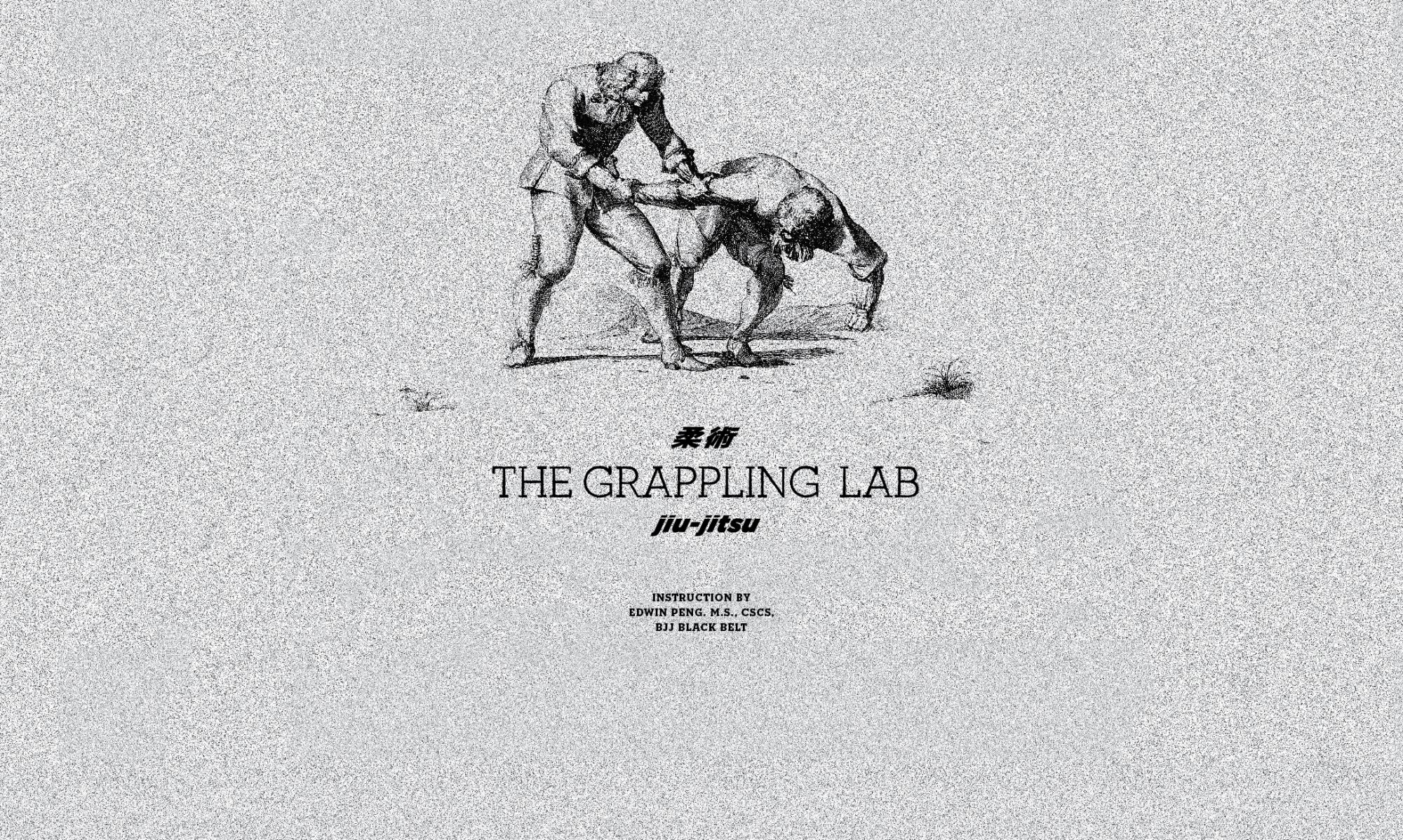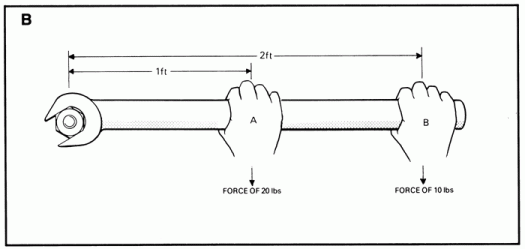Basic Mechanical Principles
Motion
The three laws of motion, as taught by Newton, are as
follows:
The Law of Inertia:
The property of matter that makes an object continue its current state of
motion until acted upon by an outside force.
The Law of
Acceleration: The amount of force needed to accelerate an object is
directly proportional to how much mass that object has, and the faster you want
to accelerate an object the more force you have to utilize.
The Law of Reaction:
For every action, there is an equal and opposite reaction.
These laws can be taken advantage of in BJJ by understanding
a few key principles.
- The amount of force needed to change a body’s motion depends on both the mass and speed of the body. A heavier person will be harder to move than a lighter person, and a faster person will be harder to stop than a slower person. Inertia is the reason weight classes are required in competition, a heavier person will always have a mechanical advantage over a lighter person.
- A person who is moving will require a lot of force to
stop their movement, however, it takes far less force in order to continue
their movement. Some techniques in BJJ require using an opponent’s momentum to
your advantage. Students should be taught to take advantage of their opponent’s
momentum by pushing their partner along a path that they have already started
on. This will overextend their opponent and allow for the student to take
advantage of the overextension. Students should also be taught not to
overextend themselves by forcefully moving with speed or they can be taken
advantaged of. This can easily be seen in the elbow push side-mount escape, or
the sacrifice throw in Judo.
- It takes a lot of force to start a person’s movement.
Many sweeps take advantage of an opponent’s momentum. If an opponent is
knowledgeable in BJJ techniques, they will be difficult or impossible to sweep
or submit from a static position. Attacks must be set up by destabilizing an
opponent in the direction opposite of the sweep. The forceful movement the
opponent uses to return to their original position can be taken advantage of by
providing the momentum needed to complete the sweep.
Force
In the most basic sense, forces
are simply the push or pull exerted onto an object or person – forces are any
action or influence that moves an object. This could be the pull on a sleeve or
lapel, or pushing on an opponent. This could also be the push or pull exerted
on the ground. Forces can be split into two categories: internal and external
forces. Internal forces are forces that are generated within one’s own body,
and consists of muscular contractions, ligament restraint, and skeletal
structure. External forces are the forces that act upon the body from outside
of the body – these include gravity, friction, and an opponent’s body (Winter,
2009).
By teaching students to take
advantage of all the forces available to them, both internal and external, they
will be able to successfully and efficiently control both their own body and
their opponent’s bodies. There are three ways to recruit force:
- By using muscular force to push or pull directly on the
opponent
- By pushing off the floor, one can drive into their
opponent
- By using the force of gravity to apply weight on the
opponent
The first two methods are available to both the top and
bottom position, but since the force of gravity is always pulling downwards –
only the person on top can take advantage of gravity. Students should be taught
to drive off the ground to keep their base and to drive into an opponent.
Keeping a strong posture while driving off the ground will allow for a stronger
and more efficient transfer of force. The easiest production of force to teach
students to utilize is the use of their own muscular force since most people
already have an understanding of pushing and pulling on their opponent.
When instructing students to use force during a technique, they should be taught to take into consideration the following aspects:
1) Magnitude of force
Students should be taught how much
force will be needed for a particular technique. Students should not use any
more force than necessary in order to reduce energy expenditure and strain
placed on the body. One consideration before attempting to use force is the
understanding that to move a large amount of mass, a large amount of force will
be needed. A larger opponent will always require more force to move than a
smaller opponent.
2) Direction of application
Regardless of how much force a
student can recruit, they will be unable to
accomplish their movement goal if the direction of the force is incorrect. For
example, many beginning students will bridge strongly with much effort in order
to escape mount. However, if the direction of force is applied incorrectly,
such as straight up towards the ceiling instead of over the practitioners
shoulder, the bridge will serve no purpose except for expending energy.
3) Point of application
The point of contact when force is
used will determine which movement will follow. If force is applied at an
opponent’s center of mass then the movement created will be linear. However,
the further away from the opponent’s center of mass the more torque will be
created. If a technique’s purpose is to move the opponent directly forward or
backward then the point of application should be at the opponent’s center of
mass. If the technique’s purpose is to turn the opponent, the force should be
applied further from the center of mass.
4) Distance and time of application
More force can be applied over a longer period of time and distance. This concept is important during top positions such as mount. The longer amount of time a student is mounted on their opponent, the more force they can exert on their opponent in order to sap their opponent’s stamina. The distance of application can be seen during the bridge defense against mount – the longer the distance of the bridge (the height of the bridge) the more force will be generated. Sometimes a large powerful movement through a short amount of time will be desired, but in some cases force over a long period of time will be more useful.
Read more about Biomechanics in the next chapter – Levers and moment arms






